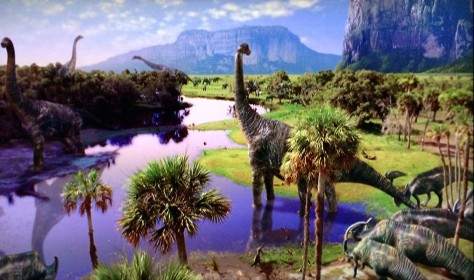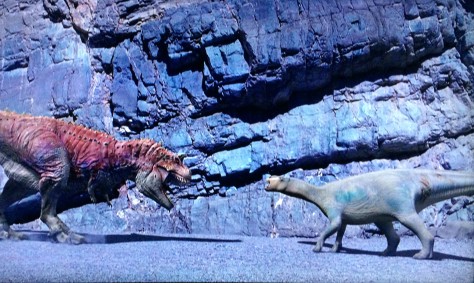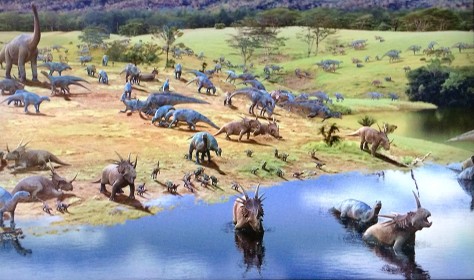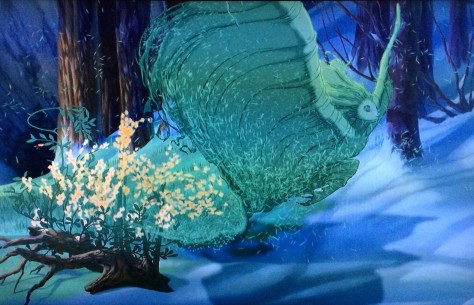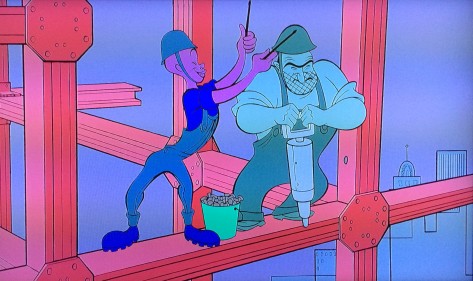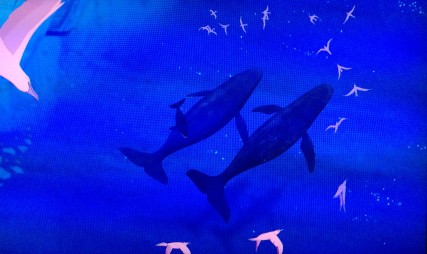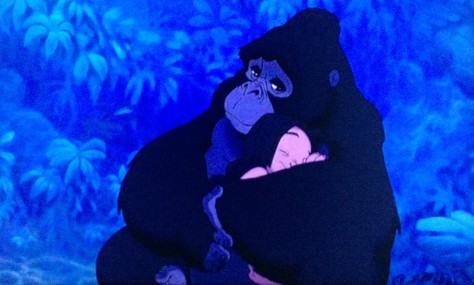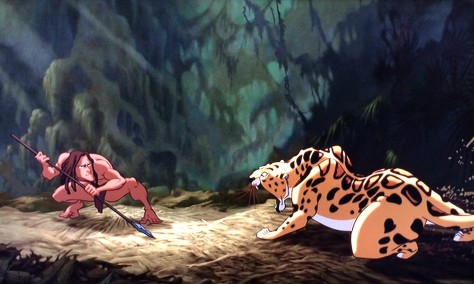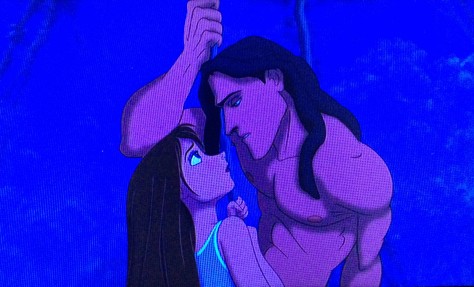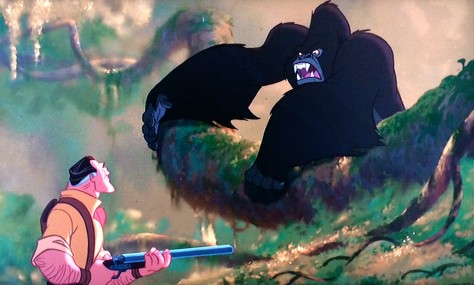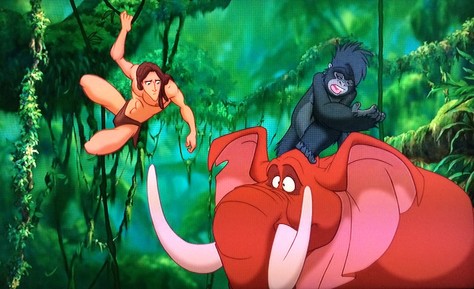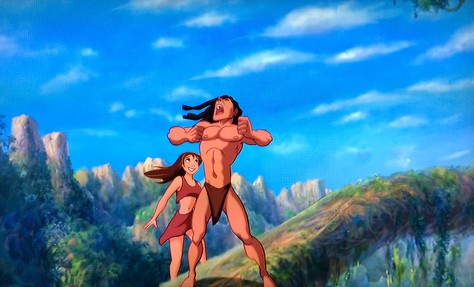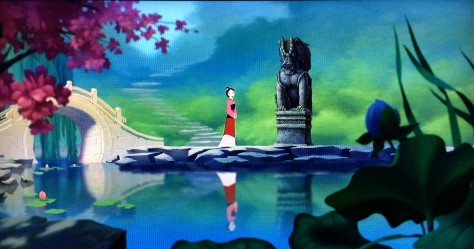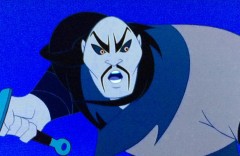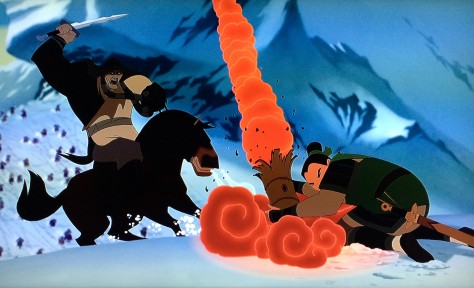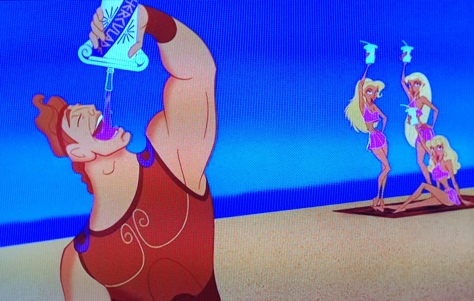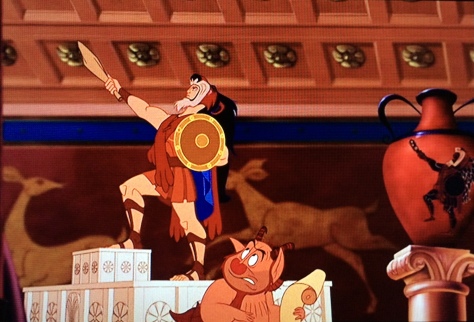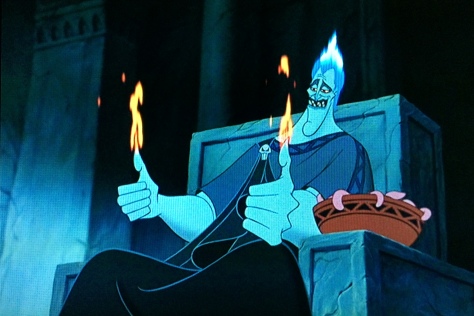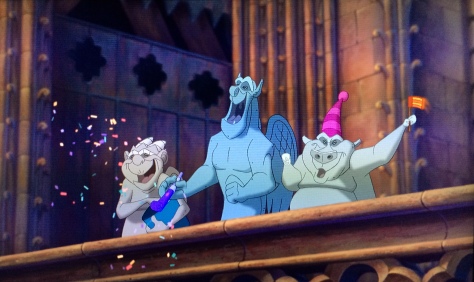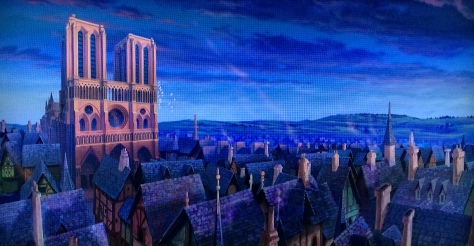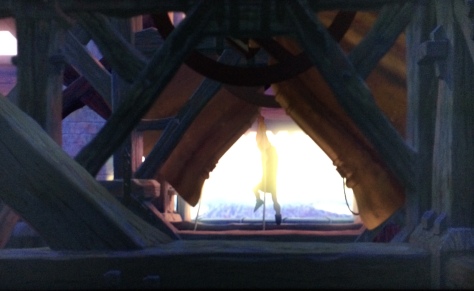Welcome to the Time of Dinosaurs and…Lemurs?
Originally Released: 2000
Ok, it’s time for an uncomfortable confession. This was the first time I have ever seen Dinosaur. Yes, I, the Disney enthusiast and author of this Disney-centric blog, have not seen every last film in the Disney Canon. But after watching this movie for the first time, I really can’t blame myself for missing out on it. I mean, there is only so much you can do plot-wise with herbivore dinosaurs. You know, without doing something crazy like adding modern lemurs into the mix and having them adopt a newly-hatched Dino baby. Now, I’m no expert on lemur evolutionary history, but I would venture to guess that lemurs did not coexist with these dinosaurs back in the day (if a reader happens to know the facts, please feel free to set the record straight). However, even with the inclusion of the lemur family, Dinosaur still manages to retread the typical dinosaur plights and feel like more of the same.
On the positive side, I will say that the visuals are very impressive. In the opening scene, I found myself thinking “wow, that looks so real and lifelike.” It turns out I was right. That is exactly the case. While the characters were all computer animated, the locales were filmed at various locations like New Zealand, the Utah/Arizona/Nevada desert, and more. Then the two were blended to come up with a hyper-realistic looking digital/real-life hybrid. It looks real good. In fact, I like the look of most everything in Dinosaur, especially on Blu-ray.
To sum up the plot, it goes a little like this. Dinosaurs live in a beautiful green paradise. Lemurs do, too, but theirs is an isolated island paradise. But then this big comet comes (rather spectacularly) and destroys the paradise. All that is left is for the dinosaurs (and lemurs) to flee the paradise-turned-wasteland in search of their summer home, in hopes that it has not also been decimated by the comet. A long, hard trek through the desert ensues. Then, in a shocking turn of events, just as the dinosaur herd is about to reach its lush green sanctuary, the herd is ambushed by a vicious meat-eating Tyrannosaurus Rex! Luckily, our hero, the lemur-adopted Iguanodon, saves the day, and the herd reaches safety, until the Comet’s aftermath eventually ends dinosaur life as we know it. Ok, I made that last part up, but it is the most likely conclusion if a sequel were ever made.
Perhaps even more effectively, though, this tale can also be summarized in the six images that accompany this post. Beginning at the top of this post, just work your way down to capture the highlights of this film.
There, now you no longer need to worry about watching Dinosaur. Unless, of course, you are a Disney enthusiast like me. Then you have to watch it at least once. Just focus on the visual splendor and you’ll be just fine.
